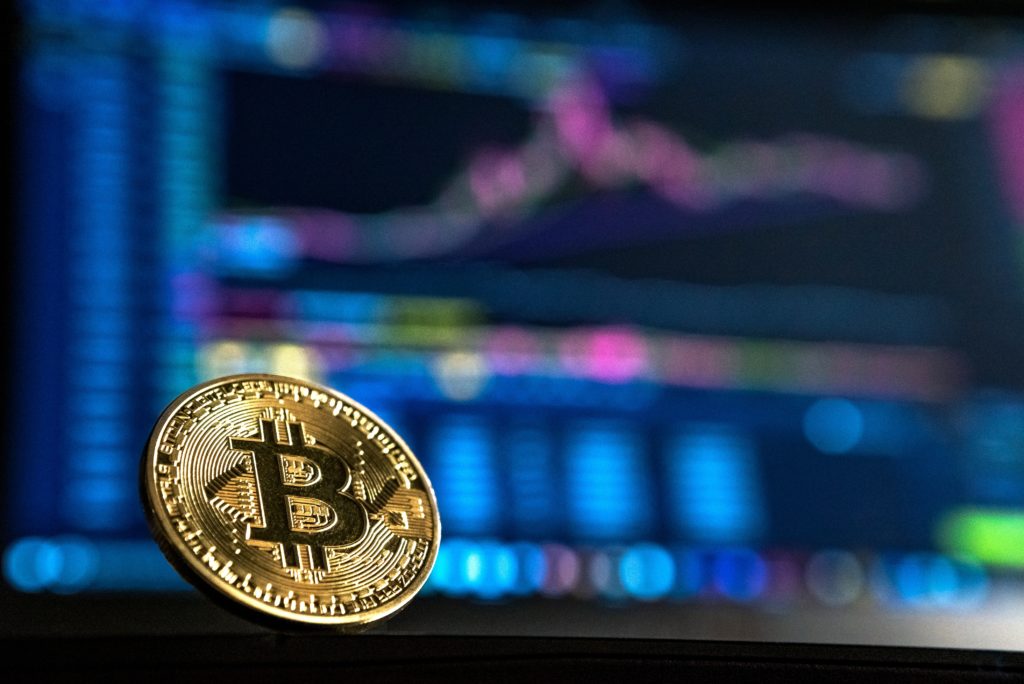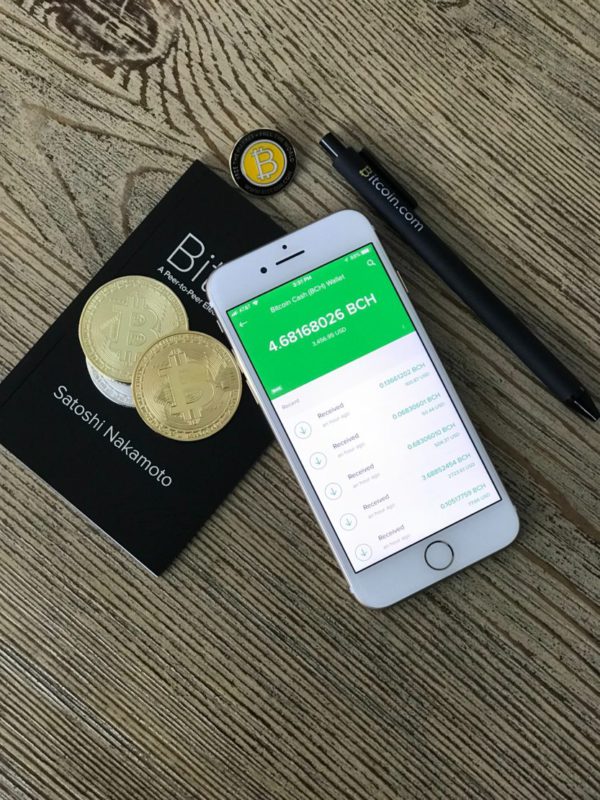What is The Maximum Supply of Bitcoin That Can Ever Exist?
Bitcoin is a unique digital currency that has caught the attention of many people around the world. One of the most interesting aspects of Bitcoin is its limited supply. Unlike regular money that governments can print endlessly, Bitcoin has a cap on how many coins can ever exist. This article will explore the question: what is the maximum supply of bitcoin that can ever exist? We will look at its supply limit, how it works, and why it matters.
Key Takeaways
- Bitcoin has a maximum supply of 21 million coins.
- The supply of Bitcoin is designed to be limited, making it scarce.
- Bitcoin’s creation involves a process called mining, which gets harder over time.
- Every four years, the reward for mining Bitcoin is cut in half, controlling supply.
- The fixed supply helps Bitcoin maintain its value over time.
Understanding Bitcoin’s Supply Limit
Bitcoin is unique because it has a fixed supply limit. This means that there will only ever be 21 million bitcoins available. This limit creates a sense of scarcity, which can affect the value of Bitcoin. Here are some key points to understand about Bitcoin’s supply limit:
- Digital Scarcity: Just like gold, Bitcoin is scarce. This scarcity can drive up demand and value.
- Fixed Supply Mechanism: The way Bitcoin is designed ensures that no more than 21 million bitcoins can ever be created.
- Halving Events: Approximately every four years, the reward for mining new bitcoins is cut in half. This event, known as halving, slows down the rate at which new bitcoins are created, further enforcing the supply limit.
| Year | Block Reward | Total Bitcoins Mined |
|---|---|---|
| 2009 | 50 BTC | 10,500 |
| 2012 | 25 BTC | 10,500 |
| 2016 | 12.5 BTC | 15,750 |
| 2020 | 6.25 BTC | 18,375 |
The limited supply-chain model affects both bitcoin price and accountancy charges for transactions.
Understanding these concepts helps explain why Bitcoin is often compared to precious metals like gold. Its fixed supply is a key reason many people see it as a valuable asset.
Historical Context of Bitcoin’s Supply
Origins of Bitcoin’s Supply Cap
Bitcoin was created in 2009 by an unknown person or group using the name Satoshi Nakamoto. One of the key features of Bitcoin is its fixed supply limit of 21 million coins. This limit was set to ensure that Bitcoin remains scarce, similar to precious metals like gold.
Satoshi Nakamoto’s Vision
Satoshi envisioned a digital currency that would not be controlled by any government or central authority. The idea was to create a system where:
- Transactions are secure and transparent.
- There is a limited amount of currency available.
- Users can maintain control over their own money.
Early Discussions on Bitcoin Supply
In the early days of Bitcoin, discussions about its supply cap were common among users and developers. Some key points included:
- The importance of scarcity in creating value.
- Concerns about inflation if more coins were created.
- The potential for Bitcoin to be a long-term store of value.
The number of bitcoin in circulation is getting closer to its maximum total supply, with less than 1.5 million bitcoins left to go in mid-2024.
Understanding the historical context of Bitcoin’s supply helps us appreciate its unique position in the world of digital currencies.
Technical Aspects of Bitcoin’s Maximum Supply
Bitcoin’s Code and Supply Limit
Bitcoin’s supply is limited by its code, which is designed to ensure that only 21 million bitcoins can ever exist. This limit is hard-coded into the Bitcoin protocol, meaning it cannot be changed without a consensus from the entire network.
Mathematics Behind 21 Million Cap
The math behind Bitcoin’s supply limit is based on a process called mining. Miners solve complex problems to add new blocks to the blockchain, and they are rewarded with bitcoins. The reward decreases over time, which is known as the halving event. Here’s a simple breakdown of how this works:
- Initial Reward: When Bitcoin started, miners received 50 bitcoins for each block.
- Halving Events: Every 210,000 blocks, the reward is cut in half. This means:
- After the first halving, the reward became 25 bitcoins.
- After the second halving, it dropped to 12.5 bitcoins.
- Currently, the reward is 6.25 bitcoins.
- Final Supply: This process will continue until the total supply reaches 21 million bitcoins.
Impact of Mining on Supply
Mining plays a crucial role in Bitcoin’s supply. As more people mine, the difficulty increases, making it harder to earn bitcoins. This ensures that the supply remains limited. Here are some key points about mining’s impact:
- Increased Difficulty: As more miners join, the system adjusts to keep the block time around 10 minutes.
- Energy Consumption: Mining requires a lot of energy, which raises questions about sustainability.
- Market Dynamics: The limited supply can lead to increased demand, affecting Bitcoin’s price.
The fixed supply of Bitcoin creates a sense of digital scarcity, making it valuable in the eyes of investors and users alike.
In summary, Bitcoin’s maximum supply is a result of its unique code, mathematical principles, and the mining process. Understanding these technical aspects helps clarify why Bitcoin is often seen as a scarce digital asset.
Economic Implications of Bitcoin’s Supply Cap
Scarcity and Value Proposition
The limited supply of Bitcoin creates a sense of scarcity, which can increase its value over time. When something is hard to find, people often want it more. This is similar to how rare collectibles can be worth a lot of money.
Bitcoin as Digital Gold
Many people see Bitcoin as a form of digital gold. Just like gold, Bitcoin is scarce and can be used as a store of value. This comparison helps people understand why Bitcoin might be valuable, especially in times of economic uncertainty.
Inflation Resistance Through Fixed Supply
Bitcoin’s fixed supply means it is less likely to lose value due to inflation. Unlike traditional money, which can be printed in unlimited amounts, Bitcoin’s supply is capped at 21 million coins. This makes it a safer option for people worried about their money losing value over time.
The idea of a fixed supply is crucial for understanding Bitcoin’s role in the economy. It helps people see Bitcoin not just as a currency, but as a valuable asset.
Summary Table of Economic Implications
| Aspect | Description |
|---|---|
| Scarcity | Limited supply increases demand and value. |
| Digital Gold | Seen as a safe investment like gold. |
| Inflation Resistance | Fixed supply protects against currency devaluation. |
Comparative Analysis with Other Cryptocurrencies
Supply Mechanisms in Altcoins
Many cryptocurrencies have different ways of managing their supply. Here are a few examples:
- Ethereum: No fixed supply limit, but it has a yearly issuance rate.
- Litecoin: Capped at 84 million coins, which is four times that of Bitcoin.
- Ripple (XRP): Initially created 100 billion tokens, with a portion released over time.
Bitcoin vs. Ethereum Supply Models
Bitcoin’s supply is capped at 21 million, while Ethereum does not have a maximum limit. This difference leads to varying perceptions of value:
- Bitcoin is seen as a scarce asset, similar to gold.
- Ethereum’s flexibility allows for more adaptability in its ecosystem.
- Investors often view Bitcoin as a store of value, while Ethereum is seen as a platform for innovation.
Market Perception of Fixed Supply
The fixed supply of Bitcoin influences how people view it compared to other cryptocurrencies. Here are some key points:
- Scarcity: Bitcoin’s limited supply creates a sense of urgency among investors.
- Value Stability: Many believe that a capped supply helps maintain Bitcoin’s value over time.
- Investment Strategy: Investors often choose Bitcoin for long-term holding due to its predictable supply.
The unique nature of Bitcoin’s supply cap makes it a standout in the crowded cryptocurrency market, influencing both its value and its role in the financial world.
Future Perspectives on Bitcoin’s Supply Limit
Potential Changes in Protocol
As Bitcoin continues to grow, there are discussions about possible changes to its protocol. Some key points include:
- Community input: The Bitcoin community plays a big role in deciding any changes.
- Technical upgrades: New technology could improve how Bitcoin works.
- Security concerns: Any changes must keep Bitcoin safe from attacks.
Community Debates on Supply Cap
The idea of changing Bitcoin’s supply cap is a hot topic. Here are some views:
- Keep it fixed: Many believe the 21 million limit is essential for Bitcoin’s value.
- Adjust for growth: Some argue that as Bitcoin grows, the cap should be reconsidered.
- Long-term effects: Changes could impact how people see Bitcoin in the future.
Long-term Effects on Bitcoin’s Value
The fixed supply of Bitcoin could have lasting effects on its value. If demand increases, the price might rise significantly. For example, some experts think that Bitcoin could reach $100,000 or even $1 million someday, depending on how many people use it. This potential for growth is exciting, but it also raises questions about how Bitcoin will be viewed in the future.
The future of Bitcoin’s supply limit is uncertain, but its impact on value and adoption will be closely watched by everyone involved in the cryptocurrency world.
Legal and Regulatory Considerations
Regulatory Stance on Fixed Supply
The legal landscape surrounding Bitcoin is still evolving. Regulators are trying to understand how cryptocurrencies fit into existing laws. Different countries have different rules, which can affect how Bitcoin is treated legally. For example, some nations see Bitcoin as a currency, while others view it as an asset. This can lead to confusion for investors.
Legal Implications of Scarcity
Bitcoin’s limited supply raises important legal questions. Here are some key points to consider:
- Ownership Rights: Who truly owns Bitcoin? This can be complicated if laws change.
- Tax Responsibilities: Investors must report their Bitcoin earnings, but rules vary by location.
- Fraud and Scams: The fixed supply can attract bad actors looking to exploit investors.
Governmental Influence on Bitcoin Supply
Governments can impact Bitcoin’s supply in various ways. They can:
- Create regulations that affect how Bitcoin is mined.
- Impose taxes that change how people invest in Bitcoin.
- Influence public perception, which can affect demand.
Understanding the legal aspects of Bitcoin is crucial for investors. It helps them navigate the risks and make informed decisions.
In summary, the legal and regulatory environment for Bitcoin is complex and varies widely. Investors should stay informed about changes that could impact their investments. Legal risks can include tax issues and regulatory changes that may arise in the future.
Conclusion
In summary, Bitcoin has a limit on how many coins can ever be made, which is 21 million. This cap is important because it helps keep Bitcoin valuable. As more people want to own Bitcoin, the number of coins available will keep getting smaller. This means that Bitcoin could become even more valuable over time. Understanding this limit is key for anyone interested in Bitcoin, whether you are thinking about buying some or just want to learn more about it.
Frequently Asked Questions
What is the total number of Bitcoins that can ever be created?
The total number of Bitcoins that can be made is 21 million. This means there will never be more than that amount.
Why is there a limit on Bitcoin’s supply?
The limit is set to make Bitcoin rare, like gold. Having a fixed amount helps keep its value over time.
How does Bitcoin’s supply get controlled?
Bitcoin’s supply is controlled by a process called mining, where computers solve complex problems to earn new Bitcoins.
What is Bitcoin halving?
Bitcoin halving is an event that happens every four years. During this event, the reward for mining new Bitcoins is cut in half, which slows down the creation of new coins.
Can the supply limit of Bitcoin be changed?
No, the supply limit is built into Bitcoin’s code. Changing it would require a big agreement from the community, which is unlikely.
Why do people care about Bitcoin’s supply limit?
People care because a limited supply can help keep Bitcoin valuable. Just like rare items can be worth more, so can Bitcoin.
Stay informed with daily updates from Blockchain Magazine on Google News. Click here to follow us and mark as favorite: [Blockchain Magazine on Google News].
Get Blockchain Insights In Inbox
Stay ahead of the curve with expert analysis and market updates.
latest from tech
Disclaimer: Any post shared by a third-party agency are sponsored and Blockchain Magazine has no views on any such posts. The views and opinions expressed in this post are those of the clients and do not necessarily reflect the official policy or position of Blockchain Magazine. The information provided in this post is for informational purposes only and should not be considered as financial, investment, or professional advice. Blockchain Magazine does not endorse or promote any specific products, services, or companies mentioned in this posts. Readers are encouraged to conduct their own research and consult with a qualified professional before making any financial decisions. The featured image used is just a creative depiction of the title and it does not intend to hurt sentiments of any person or institution. If it hurts anyone sentiments, please do not hesitate to reach out to Blockchain Magazine.

 Bitcoin
Bitcoin  Ethereum
Ethereum  XRP
XRP  Tether
Tether  Solana
Solana  Dogecoin
Dogecoin  USDC
USDC  Cardano
Cardano  Lido Staked Ether
Lido Staked Ether  TRON
TRON  Chainlink
Chainlink  Avalanche
Avalanche  Stellar
Stellar  Wrapped stETH
Wrapped stETH  Wrapped Bitcoin
Wrapped Bitcoin  Sui
Sui  Hedera
Hedera  Toncoin
Toncoin  Shiba Inu
Shiba Inu  WETH
WETH  Polkadot
Polkadot  Parkcoin
Parkcoin  LEO Token
LEO Token  Litecoin
Litecoin  Bitget Token
Bitget Token  Bitcoin Cash
Bitcoin Cash  Uniswap
Uniswap  Hyperliquid
Hyperliquid  Official Trump
Official Trump  Wrapped eETH
Wrapped eETH  Pepe
Pepe  USDS
USDS  NEAR Protocol
NEAR Protocol  Ethena USDe
Ethena USDe  Aave
Aave  Aptos
Aptos  Internet Computer
Internet Computer  Ondo
Ondo  Ethereum Classic
Ethereum Classic  Monero
Monero  POL (ex-MATIC)
POL (ex-MATIC)  Algorand
Algorand  Cronos
Cronos  Dai
Dai  OKB
OKB  Mantle
Mantle  MANTRA
MANTRA  Render
Render 




